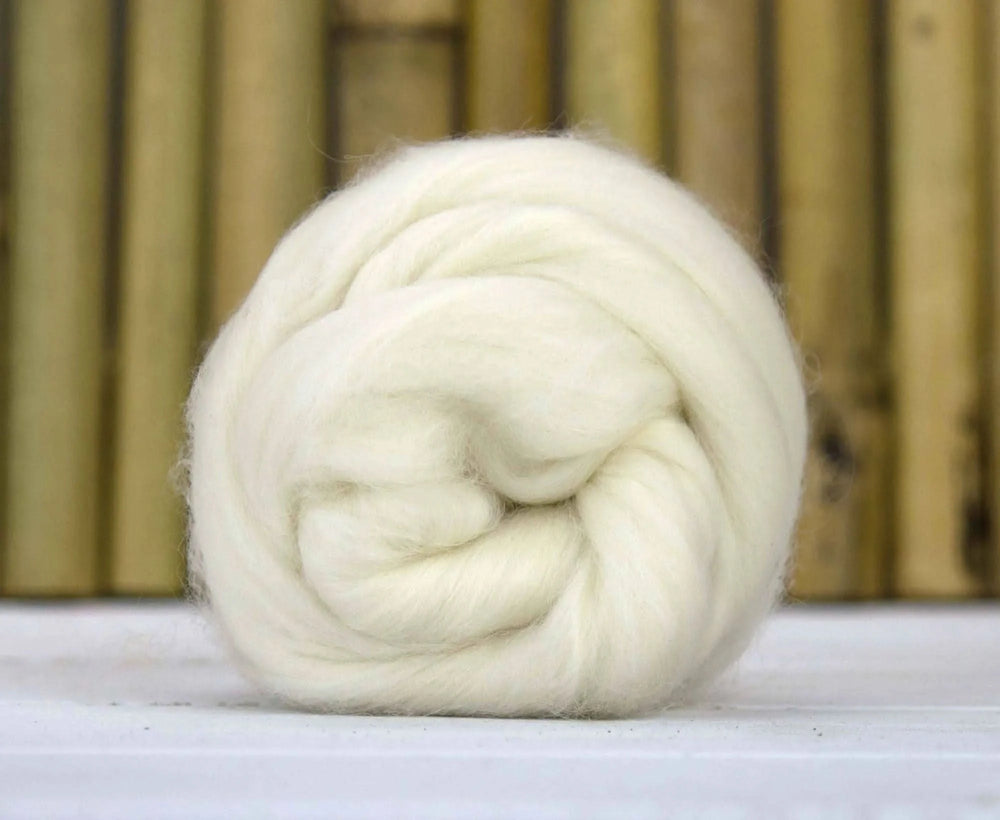Exploring the Numerous Kinds of Cashmere a Natural Fiber for Ultimate High-end
Cashmere, an all-natural fiber, is usually linked with luxury and convenience. The much more cost effective Chinese cashmere, the standard Scottish variation, and the high-end Italian blend, all inform a various story of this impressive fiber.
Understanding the Lavish Nature of Cashmere
Cashmere, commonly linked with high-end and comfort, holds a distinct allure in the globe of natural fibers. Unlike various other all-natural fibers, cashmere combines insulation with breathability, using unmatched comfort across differing temperature levels. Its shiny finish and soft structure add to its high-end allure, warranting the costs rate that often comes with cashmere garments.
Just What Is Cashmere and Where Does It Originate from?

Provided these remarkable high qualities, one might question the beginning and makeup of this luxurious fiber. Cashmere is acquired from the soft undercoat of cashmere goats, largely found in Mongolia, China, Iran, and Afghanistan - is cashmere a natural fiber. These goats are adapted to harsh weather problems, producing a very fine, soft underfur as a defense versus the bitter cold. This underfur, or undercoat, is what is harvested for cashmere. Each springtime, when the goats normally dropped their winter months coat, farmers brush out the fine underhair, leaving the coarser hair behind. This precise process contributes to the deficiency and high cost of cashmere. With its beginning in the harsh landscapes of Asia, cashmere is a testament to nature's capability to create deluxe from misfortune.
Deciphering the Various Sorts Of Cashmere
Understanding the different kinds of cashmere is vital to valuing the quality and one-of-a-kind features of this glamorous material. Generally, cashmere is categorized right into three types: raw, virgin, and recycled. Raw cashmere is directly acquired from the goat and is unrefined. This type typically contains pollutants such as dirt and coarse hair. Virgin cashmere, on the other hand, is the pure, unrecycled product that is spun into thread for the very first time. It is the softest and most extravagant. Recycled cashmere is made from virgin product that has been formerly made use of. It is re-spun and used in creating lower-cost cashmere items. Deciphering these kinds is the very first step in comprehending the exclusivity and value of cashmere.

The Special Characteristics of Each Type of Cashmere
Having explored the various classifications of cashmere, it comes to be noticeable that each type boasts its unique collection of qualities. Mongolian cashmere, for circumstances, is renowned for its superior top quality, due to Mongolia's rough is cashmere a natural fiber wintertimes that create longer and finer fibers. Alternatively, Chinese cashmere is frequently much more cost effective, though its much shorter fibers can reduce sturdiness.
Why Cashmere Is the Embodiment of Luxury in vogue
Cashmere holds an esteemed placement worldwide of style, regarded as a sign of high-end and refinement. Its attraction is not just in its gentleness and warmth, yet likewise in its rarity and the thorough procedure included in its purchase. Cashmere is stemmed from the fine undercoat of Himalayan goats, recognized for their remarkable high quality fiber. The deficiency of this fiber, integrated with the labor-intensive process of collection, adds to its high cost and exclusive status. Furthermore, cashmere's exceptional comfort and durability make it a sought-after material in the creation of high-end garments. Its natural light-weight and shielding residential properties include to its value, making it the epitome of high-end in style.
The Refine of Making Cashmere: From Goat to Garment
The trip of cashmere, from being an undercoat of a Himalayan goat to a luxurious garment, is an elaborate one. This mix is then meticulously divided, with only the soft down made use of for cashmere. From goat to garment, each step is a testament to the creativity, persistence and ability involved in crafting cashmere.

Conclusion
In verdict, cashmere, with its natural sophistication and unrivaled convenience, rules supreme worldwide of high-end style. The diversity in kinds, varying from the soft Mongolian, light-weight Indian Pashmina, affordable Chinese, standard Scottish, to the colorful Italian, discloses the convenience of this natural fiber. The scrupulous process of changing it from a goat to a garment additionally includes in its exclusivity, making cashmere the epitome of elegance and high-end.
Cashmere, an all-natural fiber, is frequently associated with luxury and comfort (is cashmere a natural fiber).Cashmere, usually connected with high-end and convenience, holds a special appeal in the globe of natural fibers. Unlike other all-natural fibers, cashmere combines insulation with breathability, offering unmatched convenience throughout varying temperatures. Cashmere is derived from the soft undercoat of cashmere goats, primarily located in Mongolia, China, Iran, and Afghanistan. Cashmere is obtained from the fine undercoat of Himalayan goats, recognized for their premium top quality fiber
 Scott Baio Then & Now!
Scott Baio Then & Now! Hailie Jade Scott Mathers Then & Now!
Hailie Jade Scott Mathers Then & Now! Michelle Trachtenberg Then & Now!
Michelle Trachtenberg Then & Now! Tina Louise Then & Now!
Tina Louise Then & Now! Ricky Schroder Then & Now!
Ricky Schroder Then & Now!